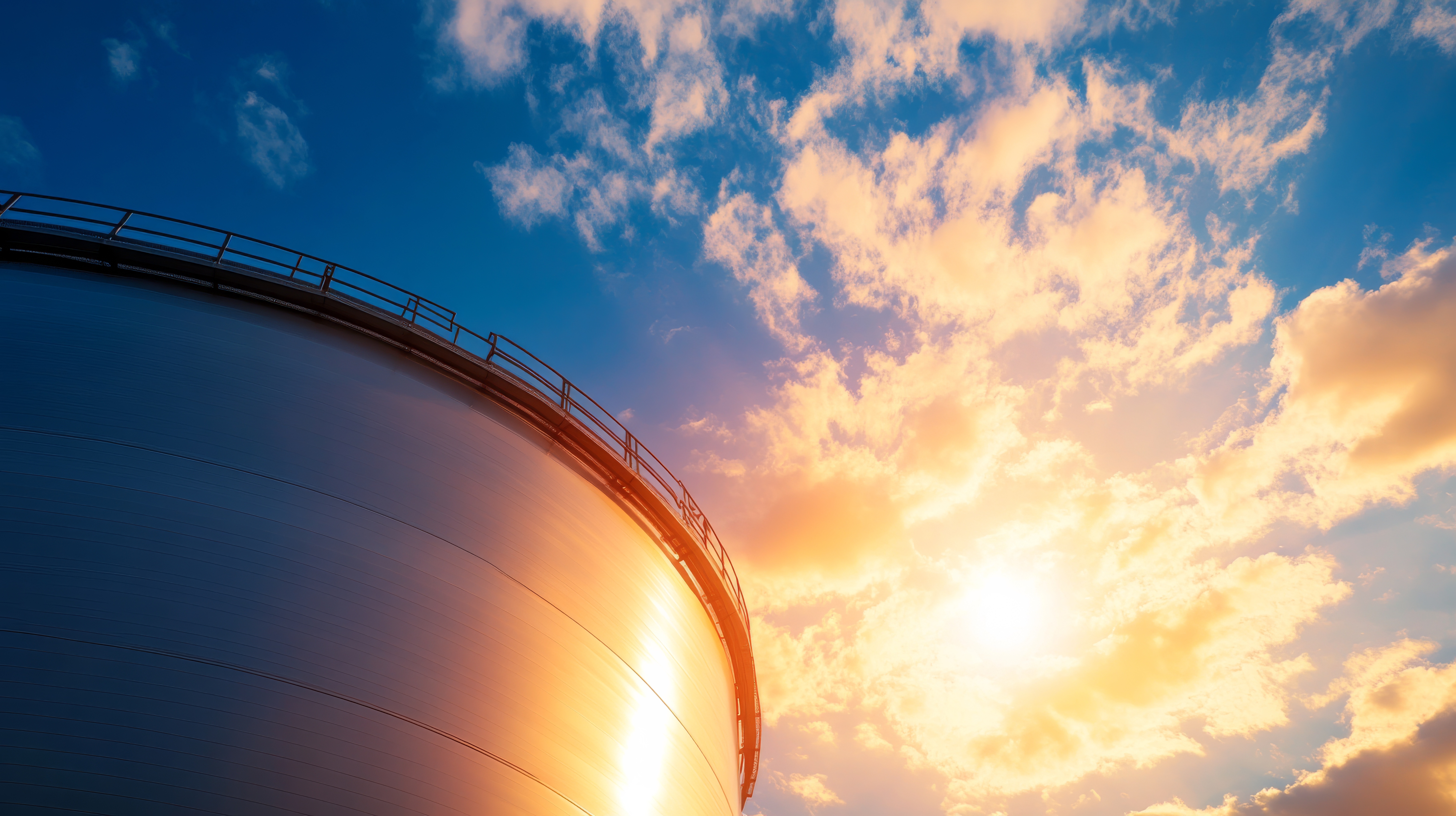ALBA Synchrotron

In a major step toward sustainable CO₂ conversion, researchers from the University of Antwerp, Ghent University, and the ALBA Synchrotron studied how interfacial properties—especially hydrophobicity—affect electrocatalyst performance in gas diffusion electrodes.
Using advanced atomic layer deposition (ALD), they developed a high-efficiency indium sulfide (In₂S₃) catalyst for CO₂ electroreduction to formate. Published in Advanced Energy Materials, the study achieved promising results for industrial application at high current densities.
The electrochemical reduction of carbon dioxide (eCO₂R) is an emerging field that bridges renewable energy and carbon capture, offering a route to transform CO₂ into value-added chemicals and fuels. One of the most promising products is formate, a versatile molecule with industrial applications ranging from chemicals and pharmaceuticals to hydrogen storage and fuel cells. In this context, achieving high selectivity and efficiency in eCO₂R under industrially relevant conditions is becoming increasingly relevant.
However, despite extensive research, a clear understanding of the fundamental electrochemical properties and performance of eCO₂R remains challenging due to the complexity of their composite layers.
In this study, researchers investigated eCO₂R performance by carefully tailoring the surface wettability of indium sulfide (In₂S₃) thin films. Using both thermal (T-) and plasma-enhanced (PE-) atomic layer deposition (ALD) methods, they fabricated uniform In₂S₃ catalyst layers on gas diffusion electrodes (GDEs). Synchrotron light was then used to characterize the film structures, revealing that precise control over hydrophobicity is a critical parameter for efficient formate production.
The characterization of the In₂S₃ thin films' composition, morphology, and hydrophobicity involved a combination of techniques, including X-ray photoelectron spectroscopy (XPS), scanning electron microscopy (SEM), X-ray fluorescence (XRF), and contact angle measurements. Grazing-incidence wide-angle X-ray scattering (GIWAXS) at the NCD-SWEET beamline of the ALBA Synchrotron enabled the characterization of the films' crystallographic structure, providing detailed insights into the distinct differences arising from the two ALD methods.
The team found that while T-ALD preserved the hydrophobicity of the gas diffusion electrode substrate, PE-ALD induced hydrophilicity due to differences in crystallinity and surface morphology. This difference in wettability profoundly impacted performance. The hydrophobic T-In₂S₃ thin films facilitated better CO₂ gas access and led to superior reaction rates and reduced hydrogen evolution. Specifically, the T-In₂S₃ catalysts achieved a Faradaic efficiency for formate of 93% at a current density of 1 A cm⁻², benchmarks considered necessary for industrial application. Furthermore, researchers revealed that the higher the hydrophobicity of the thermal ALD films, the more efficient the formate electrosynthesis, suggesting a crucial role for this interfacial property in facilitating efficient CO₂ mass transport.
In conclusion, this study demonstrates how interfacial engineering through atomic layer deposition techniques can improve electrocatalyst performance. By establishing the relationship between hydrophobicity and enhanced CO₂ conversion efficiency, these findings provide a valuable framework for developing next-generation industrial catalysts and integrated processes for formate production.

GIWAXS analysis obtained at NCD-SWEET beamline. Figure a) and b) GIWAXS patterns of In₂S₃ film (22 nm) deposited on native SiO2/Si substrate at a substrate temperature of 180 °C by the PE-ALD process (a) and the thermal ALD process (b). c) XRD pattern of In2S3 films deposited by the PE-ALD and T-ALD process at a substrate temperature of 180 °C derived from the azimuthal integration of the 2D GIWAXS patterns (2θ at Cu Kα wavelength) and the reference patterns from ICSD.